This article was co-authored by Jurdy Dugdale, RN. Jurdy Dugdale is a Registered Nurse in Florida. She received her Nursing License from the Florida Board of Nursing in 1989.
There are 11 references cited in this article, which can be found at the bottom of the page.
This article has been viewed 21,136 times.
Alkalinity is a pH in your body over 7. While a pH of 7 is normal for your body, some people believe an alkaline-based diet leads to better health. Medical experts have found little evidence to support an alkaline diet.[1] However, the basis for an alkaline diet encompasses many healthy eating habits, so it can be a healthy diet change. Cutting out acid-forming foods means cutting out processed foods, like sugars and refined carbs. To increase your alkalinity, add alkaline foods to your diet, such as green vegetables, root vegetables, and almonds. Avoid acid foods, like meat, dairy, and sugar. You should also drink plenty of water and exercise.
Steps
Adding Alkaline Foods to Your Diet
-
1Try cruciferous vegetables. Green vegetables are one of the best foods to make your body more alkaline. Broccoli, Brussel sprouts, collard greens, cauliflower, kale, and cabbage are extremely healthy and help your body eliminate acids. They contain many vitamins and minerals.[2]
- Eat them as a side dish, in a stir fry, on top of a salad, or as part of a casserole.
- Large amounts of green vegetables may cause gas and stomach cramps, so you should balance your meals with other types of vegetables and foods.
-
2Add more asparagus to your meals. Asparagus is a healthy green vegetable that has one of the strongest alkaline effects on your body. Asparagus also has antioxidants, vitamins, and minerals.[3]
- You can bake or saute asparagus, or throw it into a salad.
Advertisement -
3Add vegetables as a side dish. Many vegetables help to increase your alkalinity. Eggplant, okra, peas, green beans, peppers, spinach, tomatoes, squash, and swiss chard are all alkaline-forming vegetables. They are also healthy and filled with many vitamins and minerals.[4]
- You can make any of these items as side dishes. You can also mix them together in casseroles and other dishes, or snack on them throughout the day.
-
4Eat more avocados. Avocados are a green fruit that is a superfood no matter what diet you are following. They are healthy fats that help increase your body’s alkalinity. They also contain many vitamins and minerals. You can also choose to use avocado oil.[5]
- Try avocado at all of your meals, including breakfast. You can put avocado in a smoothie, or you can eat it plain as a snack.
- While avocados have many good nutrients, they are also high in fat and calories. Eat them in moderation.
-
5Eat almonds. Almonds are not only one of the healthiest foods you can eat, but they are a good alkaline food. You can eat almonds for a tasty snack or as part of meals. You can also switch dairy milk for almond milk, since dairy milk is acidic and almond milk is alkaline.[6]
- Almonds contain calcium, iron, and protein.
-
6Add in root vegetables. Many root vegetables, such as carrots, sweet potatoes, radishes, and beetroot, are full of vitamins and minerals. They also help balance out your pH levels. Make sure you are buying fresh versions of these root vegetables instead of canned or pickled varieties.[7]
- Eat these foods as a side dish, in salads, or part of casseroles and stir fries.
-
7Try herbs and spices. Many herbs and spices have alkalizing properties. Basil, cilantro, garlic, ginger, mint, chives, thyme, parsley, and cumin all help your body reduce the amount of acid and have alkalizing properties. Use these herbs and spices to add flavor to your dishes for a double benefit.[8]
-
8Try seeds. Many seeds, such as chia seeds and flaxseeds, are nutritional superfoods. They have omega-3 fatty acids and fiber, along with other nutrients. They help stabilize the pH of your body, so throw them into just about anything you eat. Try flaxseed oil when you’re cooking, too.[9]
- You put chia seeds and flaxseeds into smoothies, baked goods, or your dishes.
-
9Eat citrus fruit. Citrus fruit, such as grapefruit, lemons, and limes, are alkaline fruits. They also are full of antioxidants and vitamins, such as vitamin C. Consider squeezing the juice into water in the morning for an a.m. alkaline boost.[10]
Eliminating Acidic Foods
-
1Eliminate foods with refined sugar. Sugar leads to higher acidic levels in your body. To help alkalize your body, you should eliminate sugar completely, and if you can’t do that, then you should significantly reduce the sugar in your diet.
- This includes all forms of sugar: white sugar, brown sugar, honey, fructose, maple syrup, and other sugar products.
- Start by cutting out sugary snacks, like cookies, candy, and other baked goods. You can also cut out fruit juices and sugary sodas. Then you can try to cut out sugary foods in your meals, especially breakfast. Replace sugary cereals and jams with healthier options, like avocado and sprouted bread.
- Many fast foods and processed foods are high in sugar.
-
2Decrease your meat consumption. Meats are believed to raise the acidity in your body and are not alkaline foods. This includes processed meats, like deli meats and cold cuts, along with beef, pork, and eggs. Meat from animals that are not grass-fed can increase acidity.[11]
- Choose meats from grass-fed, organic sources.
- Chicken is a better option than red meats for an alkaline diet.
-
3Cut out bread. Bread is a food many diets advise against. Bread, along with most grain and gluten containing foods, is highly acidic. This means you should cut out all breads, along with whole grain crackers, and tortillas.[12]
- If you want to eat bread, go for gluten-free or sprouted grains. You may also consider products made from alkaline grains, such as amaranth and millet.
- If you're trying to find a healthy bread, try holding it in your hands. If it feels light and soft, it is probably higher in sugar and gluten. If it is heavy and solid, it is probably packed with good grains and fiber.
-
4Avoid condiments. Most condiments are very acidic, so they will reduce the alkalinity of your body. This includes ketchup, mustard, mayonnaise, miso, and salad dressings. Instead, try replacing them with pH foods, such as avocados or olive oil.[13]
- If you love certain condiments, try making your own healthy version at home. By doing this, you can control the alkalinity.
-
5Replace acidic beverages with alkaline ones. Most beverages will increase your acidity. Acidic beverages include soda, coffee, fruit juice, milk, and alcohol. To increase your alkalinity, reduce your intake of these drinks and replace them with water, herbal tea, or coconut water, and nut milks.
- These drinks also contain other acid-forming substances, such as sugar and caffeine.
Increasing Your Alkalinity
-
1Ingest baking soda. If you are trying to increase your alkalinity, drink some water with baking soda. Baking soda is one of the most alkaline foods. It helps reduce the acid in your system and increase your pH levels.
- Drink an eight ounce glass of water with ½ teaspoon of baking soda. Make sure to mix it well.
- Do not drink baking soda water for more than a week or two. You should only drink 7 1/2 teaspoons of baking soda each day. If you are over 60, limit that to 3 1/2 teaspoons. You will need to drink more water daily while taking baking soda. Drink up to 96 ounces (about 3 liters) a day.
- If you have high blood pressure, heart problems, kidney issues, or urinary tract issues, talk to your doctor before drinking this.
- Use caution when ingesting baking soda. It is safe to ingest, and many people use it to help with heart burn or acid reflux because it has alkalizing and acid-reducing properties. However, you should not ingest too much baking soda. Too much baking soda can cause an electrolyte imbalance, the formation of too much gas too quickly in the stomach, and even stomach ruptures.[14]
- Children under 5, pregnant women, and people on certain medications should not drink baking soda water. Do not drink baking soda water before heavy physical activity.
-
2Drink more water. Drinking water is one of the most important things you can do to increase your alkalinity. Replace your daily beverages with water. Try to get at least eight 8-ounce glasses per day.[15]
- There is no medical evidence that supports alkaline water is any better than regular water. Drinking more water is healthy, so you don't really have to worry about the pH.[16]
- You can also add fresh lemon juice to a glass of water. Make sure the lemon is freshly cut and hasn’t been exposed to air.
- You can also buy alkaline drops at health food stores or online that will increase the pH of your water. Put one or two drops in each 8-ounce glass of water. Do not use alkaline drops if you are on any potassium medication for heart problems.
-
3Exercise. Exercise helps balance your body. Aerobic exercise helps to get rid of acid from your body and restore pH levels in your system. Daily exercise can help your body stay at a natural, balanced pH level.
- Try walking, running, cycling, swimming, dancing, cardio gym classes, or cardio machines.
-
4Get a massage. A massage can help increase the alkalinity of your body. Massages can manipulate your muscles in ways that release acid from your tissues. It also helps lower your stress levels, which is important since stress increases the acid in your body.
- Book an appointment with massage therapist, and treat yourself to some relaxing, alkalizing time.
- Always drink plenty of water after a massage to rehydrate your body.
-
5Reduce stress. Stress can cause acid to accumulate in your body. To help lower stress levels, and as a result your acid levels, find ways to reduce stress. This is different for everyone. Try taking a walk or other forms of exercise, listening to soothing music, or doing something you enjoy.
- Spending time with people, reading a book, or burning a pleasant candle can reduce stress.
- Many people find yoga, meditation, and deep breathing exercises relaxing.
References
- ↑ Amy Chow. Registered Dietitian. Expert Interview. 22 October 2020.
- ↑ http://www.onegreenplanet.org/natural-health/lesser-known-alkaline-foods-to-help-with-inflammation/
- ↑ http://bembu.com/alkaline-foods
- ↑ http://youngonrawfood.com/alkaline-fruits-and-vegetables/
- ↑ http://bembu.com/alkaline-foods
- ↑ http://www.onegreenplanet.org/natural-health/lesser-known-alkaline-foods-to-help-with-inflammation/
- ↑ http://www.onegreenplanet.org/vegan-food/5-alkaline-plant-based-foods-to-balance-your-bodys-ph-levels/
- ↑ http://bembu.com/alkaline-foods
- ↑ http://bembu.com/alkaline-foods
- ↑ http://youngonrawfood.com/alkaline-fruits-and-vegetables/
- ↑ https://www.ncbi.nlm.nih.gov/pmc/articles/PMC2846864/
- ↑ http://www.saragottfriedmd.com/eating-alkaline-foods-how-to-test-and-improve-your-ph-levels/
- ↑ http://www.saragottfriedmd.com/eating-alkaline-foods-how-to-test-and-improve-your-ph-levels/
- ↑ http://www.poison.org/articles/2016-mar/baking-soda
- ↑ https://www.cdc.gov/nutrition/data-statistics/plain-water-the-healthier-choice.html
- ↑ https://health.clevelandclinic.org/alkaline-water-dont-believe-the-marketing-hype/


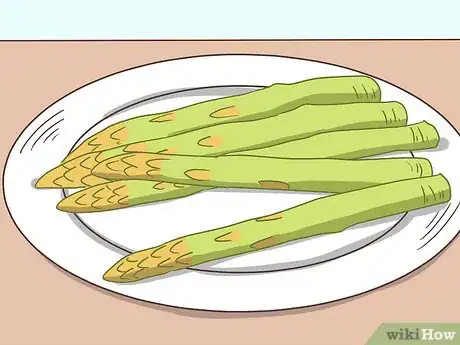


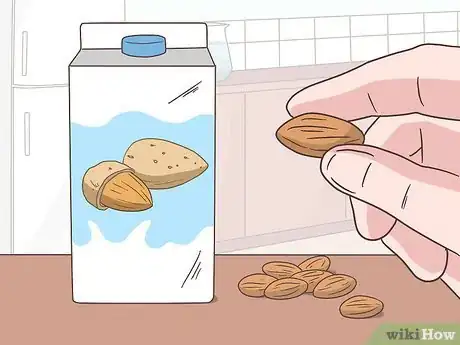
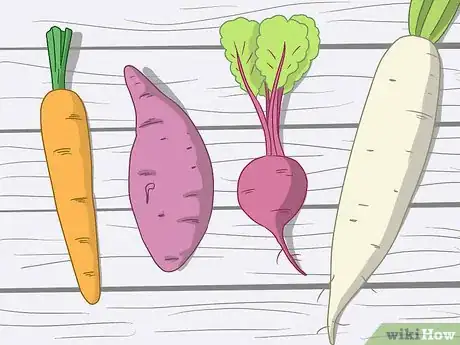
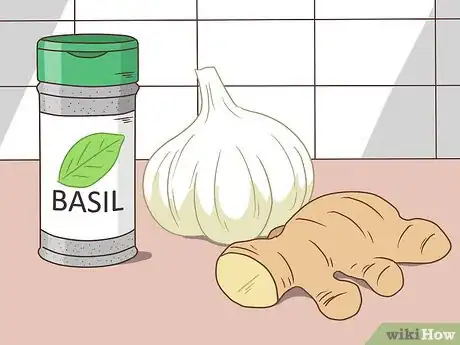
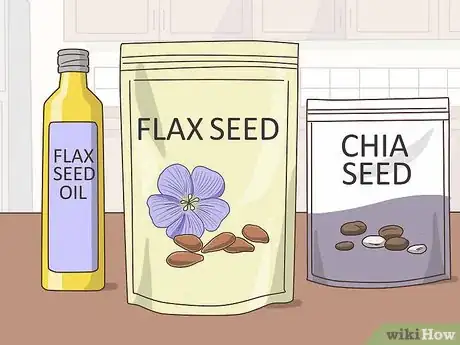
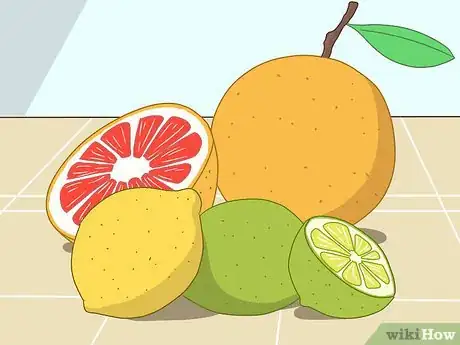

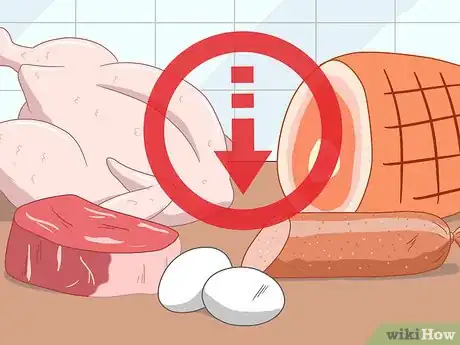
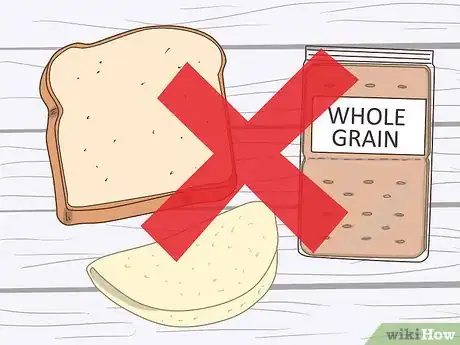


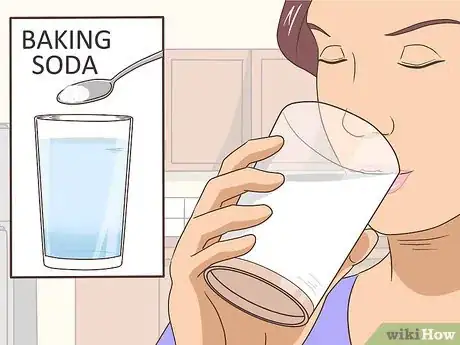
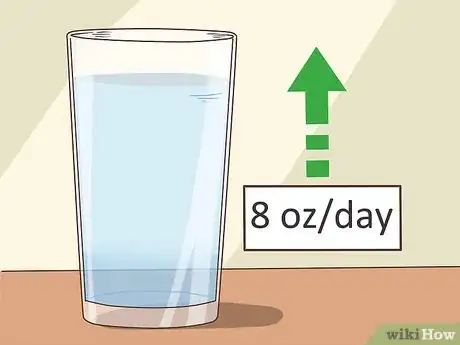





-Step-3-Version-3.webp)


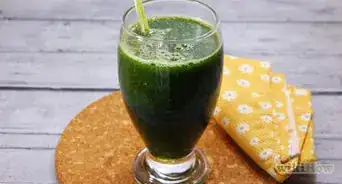


















-Step-3-Version-3.webp)



































Medical Disclaimer
The content of this article is not intended to be a substitute for professional medical advice, examination, diagnosis, or treatment. You should always contact your doctor or other qualified healthcare professional before starting, changing, or stopping any kind of health treatment.
Read More...